Why Can’t You Just Use a Quick and Easy Website Builder?
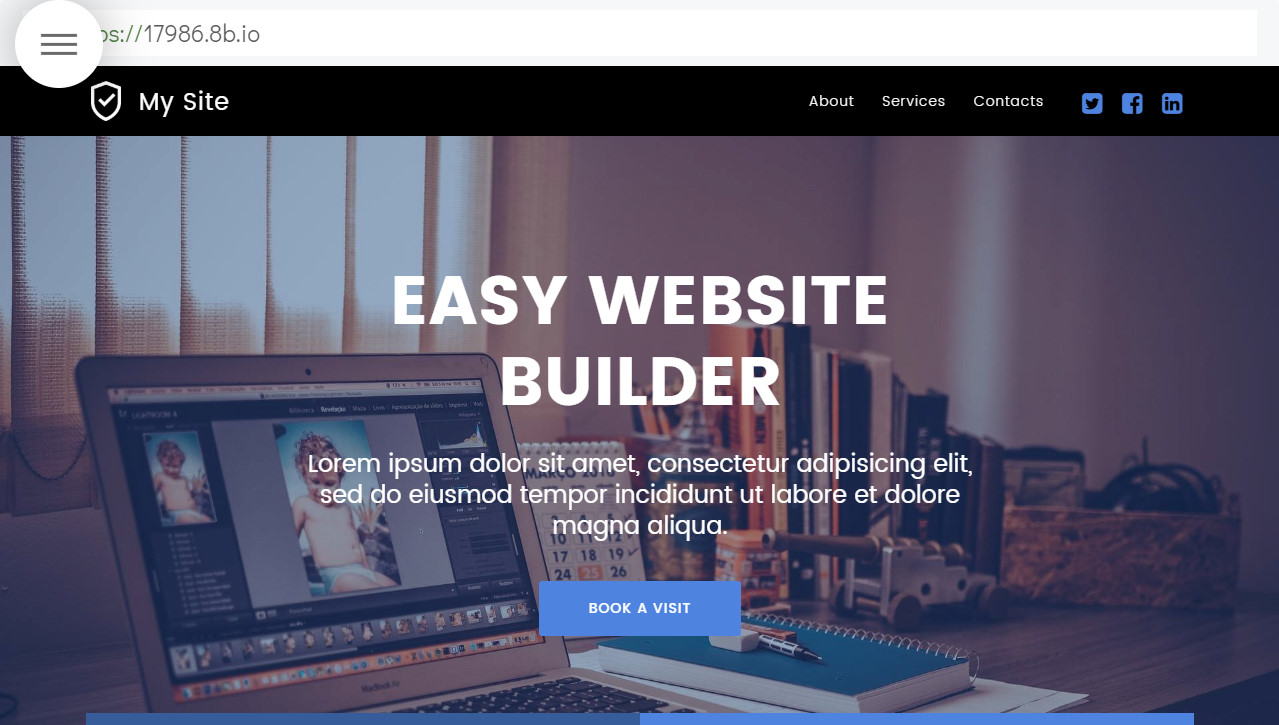
When Simple Solutions Create Complex Problems
A website for $20 a month feels like finding a twenty on the sidewalk.
Just pick a template, swap in your pictures, and there—your business is online by dinner. No surprise that so many small business owners click that tempting “sign up” button.
But here’s what unfolds next:
Three months later, these same business owners call us saying, “We thought we were being smart with our budget. Now we have a website that’s actually limiting our growth.”
In this post, you’ll learn the four hidden walls of “drag-and-drop” website builders that quietly cap your earning potential…
You’ll see real stories from businesses who hit these exact limits…
And discover what truly works to turn your website into a money-making machine rather than just an online business card.
1. The “Everyone Looks the Same” Problem
Your business stands out in the real world. Your website should too.
When someone visits your website, they decide if they like your business in less than one second.
Research shows 94% of first impressions come from how your site looks.
People make these snap judgments in just 0.05 seconds—faster than you can blink.
This means your website isn’t just showing information… It’s actively forming what people think about you.
Why being different matters for your money.
- Your customers can spot “cookie-cutter” websites instantly
- Even if they can’t explain why, people can sense when a site feels like thousands of others they’ve seen
- This sameness makes customers less likely to remember you when they’re ready to buy
- Customers remember unique design elements 35% more often than common ones. (Nielsen Norman Group)
- Template sites blend into the background of the internet
- When everything looks similar, nothing stands out
- Standing out is how smaller businesses compete with bigger ones
- Your unique selling points get lost when they’re forced into pre-made layouts
- First impressions drive buying decisions
- People connect design quality with business quality (unfair but true)
- Sites that look “cheap” or “common” suggest your business might be too
- Design quality is the #1 factor in whether people trust a business online (Stanford Web Credibility Research)
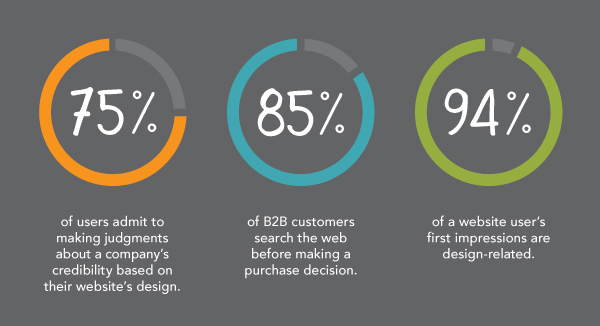
- Your story gets watered down
- Every business has a unique story and approach
- Template sites force your story into someone else’s structure
- When your story doesn’t shine through… customers have no reason to pick you over competitors
Here’s a real-world example: Mealime, a meal-planning app company. They started with a template-based website.
It looked remarkably similar to dozens of other food-related services.
Their initial site blended in with countless meal kit delivery services… creating confusion about their unique offering.
After rebuilding their site to visually highlight their distinct approach (planning, not delivery)… and emphasizing home cooking with less waste, they recorded a 41% increase in sign-ups within two months.
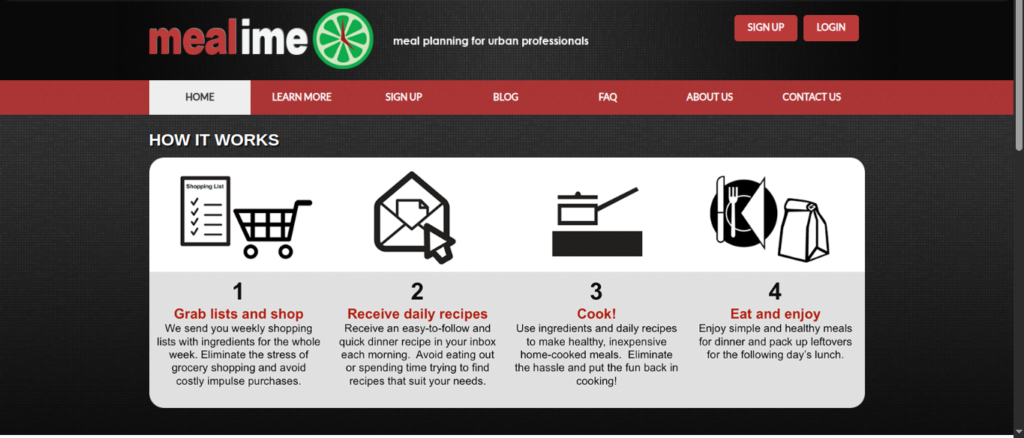
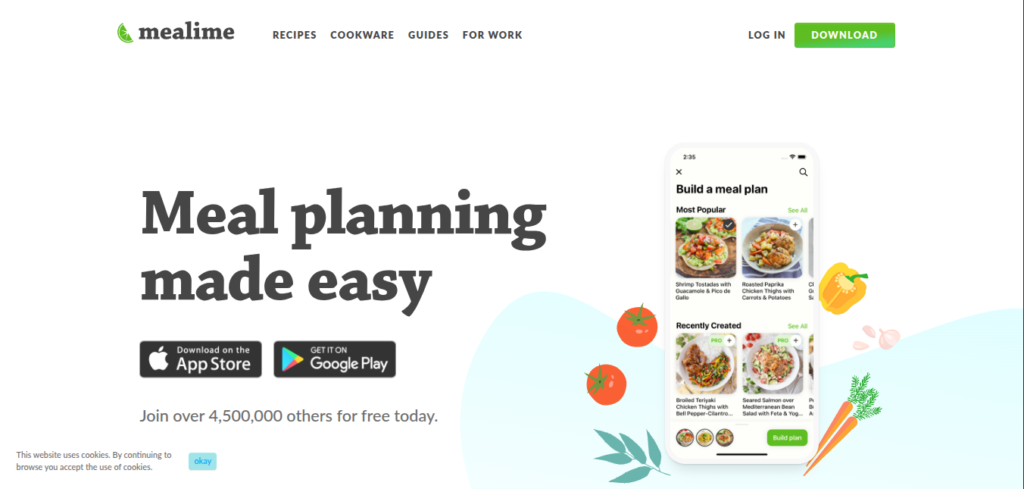
Here’s a common mistake business owners fall for:
Thinking that changing colors and adding your logo makes a template feel like “your” website.
In reality… the underlying structure screams “template” to visitors even if they can’t put their finger on why.
Quick action you can take today:
- Open five competitor websites and your own in separate tabs.
- Switch quickly between them.
- Ask yourself, “If a stranger did this, would your site stand out or blend in?”
- List three unique things about your business that deserve special attention on your website.
While template websites might save dollars upfront… they cost you big in lost sales when customers can’t remember what makes you special.
In a crowded market, looking like everyone else is the easiest way to be forgotten.
2. The “You-Can’t-Grow-Here” Trap
The most expensive website is one you have to completely rebuild just when business takes off.
42% of small businesses using DIY website builders rebuild their sites within two years.
That’s like paying for the same website twice… at the precise moment when you need to be spending money on growth instead.
This happens because most people choose a website based on their business’s current size, not where they plan to be. It’s like buying shoes for a growing child that are already too small.
Why these growth limitations cost you:
- Business-killing technical limitations appear without warning
- Most template sites have hidden caps on products, pages, or features.
- These limits often appear suddenly when you hit them.
- Adding “just one more thing” becomes impossible or breaks the site.
- Rebuilds always happen at the worst possible time
- The moment your business starts taking off is when website limitations hit
- Rebuilding during growth is like changing engines while driving
- Lost momentum during rebuilds can permanently damage growth curves
- The true cost includes lost opportunity
- When your site can’t handle more products or features, you lose sales.
- Technical problems during peak seasons can cost months of momentum.
- Customer trust drops when your site struggles to handle growth.
- Each rebuild creates business disruption
- Staff time gets diverted from serving customers to fixing website issues
- SEO rankings often drop during major rebuilds, reducing traffic
- Customer confusion during transitions leads to abandoned purchases
Take for example,Rothy’s, a sustainable footwear company. They started with a simple template-based website showcasing just their initial two shoe styles.
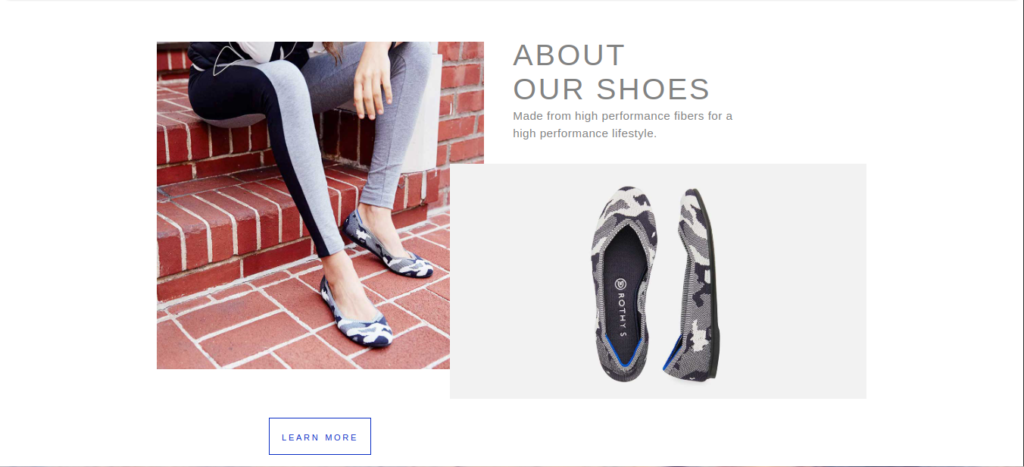
As their product line expanded to include bags and accessories, they quickly hit technical limitations.
Each new product category required complex workarounds that slowed their site performance.
During a Black Friday sale… their template site crashed under high visitor traffic… resulting in an estimated $50,000 in lost sales in just three hours.
After rebuilding, they handled 300% more traffic without a hitch during their next major promotion.

Mistake to watch out for: Building a website for today’s needs without planning for tomorrow’s growth.
What seems “good enough for now” becomes your biggest headache exactly when your business starts succeeding.
Quick actions you can take today:
- Make a simple two-year business plan.
- Will you add products? Services? Features? Team members? Location pages?
- For each growth step, check if your current website solution can handle it without a complete rebuild.
The money “saved” with template sites disappears quickly when growth forces a complete rebuild.
Building on a foundation that grows with you costs more initially… but saves significantly over your business’s lifetime.
3. The “Nothing Works Together” Headache
A website that can’t connect with your business tools is like an employee who won’t communicate with your team.

Businesses today use an average of 37 different software tools to run everything. From customer relationships to inventory tracking.
When these systems can’t connect and share information… You waste time, lose data, and miss opportunities.
Businesses with connected systems witness a 20–30% increase in profits.
Why disconnected systems drain your profits:
- Manual data transfer eats up your valuable time.
- Every hour spent copying information between systems is an hour not spent growing your business.
- Copy-paste work is prone to mistakes that cost money to fix.
- As your business grows, these inefficiencies grow even faster.
- Customer experience suffers when systems don’t connect.
- Customers expect seamless experiences across your website, email, and support.
- Disconnected systems create delays in responding to customers.
- People get frustrated when they have to provide the same information multiple times.
- Decision-making slows when data lives in separate places
- When you have scattered information sources, you can’t see the complete picture.
- Reports from different systems often contradict each other.
- Manual consolidation takes so long, it makes the data outdated by the time you need it.
- Growth becomes harder, not easier.
- Each new tool you add multiplies the connection problems.
- Work that should get easier with scale instead gets more complex.
- Teams start fighting over whose data is correct instead of serving customers.
Quick actions you can take today:
- List all the software your business uses.
- Check which ones need to connect with your website. (eg. email systems, customer list, accounting software, inventory tracker, and booking tools.)
- Then check if your current website solution can connect with them without manual work.
Every hour spent copying data is time lost on growth. A disconnected website doesn’t just frustrate, it holds your business back.
4. The “Looks Pretty But Doesn’t Sell” Problem
The most beautiful website in the world is worthless if it doesn’t turn visitors into customers.
Many business owners focus entirely on how their website looks, forgetting its main job:
Turning visitors into leads, sales, or other valuable actions.
Custom-designed selling paths can boost conversion rates by up to 400% over generic templates… compare to on-size-fits-all templates.
Why “pretty” isn’t enough:
- Small design changes can make massive differences in results.
- Moving a button, changing a headline, or simplifying a form can double sales.
- Templates rarely allow these crucial conversion-focused adjustments.
- The elements that most impact sales are often the ones templates won’t let you change.
- Your customers have specific concerns that templates can’t address.
- Every business has unique customer questions and objections.
- Templates offer limited space to address these specific concerns.
- When customers’ worries go unaddressed, they leave without buying.
- Testing and improving become nearly impossible
- Regular testing is how great websites become even better.
- Templates severely limit what elements you can test and change.
- Without testing, you never discover the small changes that could double your results.
Judging a website by how it looks rather than by how well it drives business results is a common mistake to avoid. Beauty matters, but sales pay the bills.
Quick actions you can take today:
- Identify the top three actions you want visitors to take on your site.
- Then have a friend who doesn’t know your business try to complete these actions.
- How many clicks did it take? Did they get confused? If the path isn’t crystal clear, you’re losing money every day.
Your website’s ability to convert visitors into customers directly impacts your revenue. Template builders prioritize ease of setup over selling effectiveness… creating an invisible but costly drain on your business performance in the long run.
The Real Math: Looking Beyond the Monthly Fee
The cheapest website is rarely the most profitable one for your business.
When choosing website options… many businesses focus only on upfront or monthly website costs… overlooking how the site truly affects business results.
Businesses that invest in strategic website development see an average 400% return in three years.
This dramatic return comes from higher conversion rates.. better customer experiences… and time savings that template sites simply can’t match.
The true cost equation:
- Calculate what you’re really paying
- Template monthly fee + time spent working around limitations.
- The cost of manual data entry between disconnected systems.
- Lost sales from conversion problems.
- Rebuilding costs when you outgrow the template.
- Compare with what you could be earning
- Higher conversion rates from a site built around your specific sales process.
- Time saved with properly connected business systems.
- Avoided rebuilding costs with a scalable foundation.
- Stronger brand differentiation leading to better customer loyalty.
Choosing a website based only on upfront cost often leads to higher long-term expenses… from lost sales, wasted time, and most especially costly rebuilds.
Quick action you can take today:
- Calculate your website’s true ROI by weighing all costs (including your time) against the business results it delivers.
- Is your current approach actually saving money when you look at the complete picture?
Choosing a website just for its low upfront cost overlooks how much it can affect your business. The real price includes missed opportunities if your site doesn’t deliver results.
Moving Beyond the Template Trap
While DIY website builders seem affordable at first, they often lead to serious limitations in standing out, growing, connecting systems, and converting visitors to customers.
So instead, you can:
- Evaluate your current website against the four critical areas we’ve discussed:
- Does it truly make your business stand out?
- Can it grow as your business grows?
- Does it properly connect with your other business tools?
- Is it optimized for converting your specific customers?
- Consider a middle-ground approach:
- You don’t have to choose between expensive custom development and limiting templates
- Subscription-based development services (like ScaleTechies) offer custom solutions at predictable monthly costs
- You get the benefits of custom development without the large upfront investment
Your business deserves a website that works as hard as you do. One built around your specific goals, customers, and growth plans. Not a generic template that holds you back.
After all, the most expensive website isn’t the one with the highest price tag. It’s the one that quietly costs you customers every day it underperforms.
That’s where we come in.
ScaleTechies delivers subscription-based tech development and design services tailored for growing businesses like yours.
We offer a flat-rate model that gives you ongoing access to a team of experts who prioritize speed, security, and scalable success…If you’re ready to build smarter and grow faster, let’s talk
